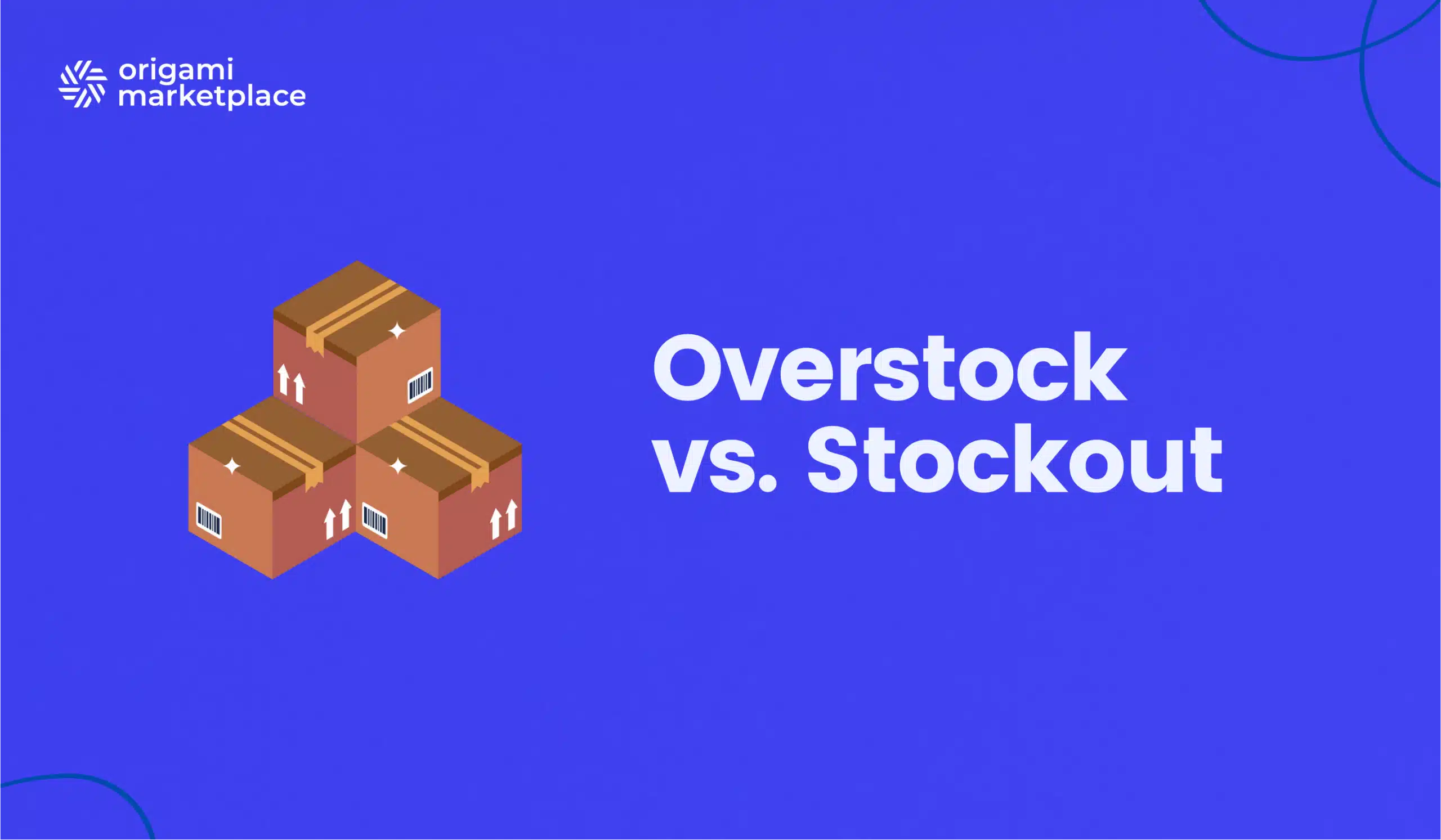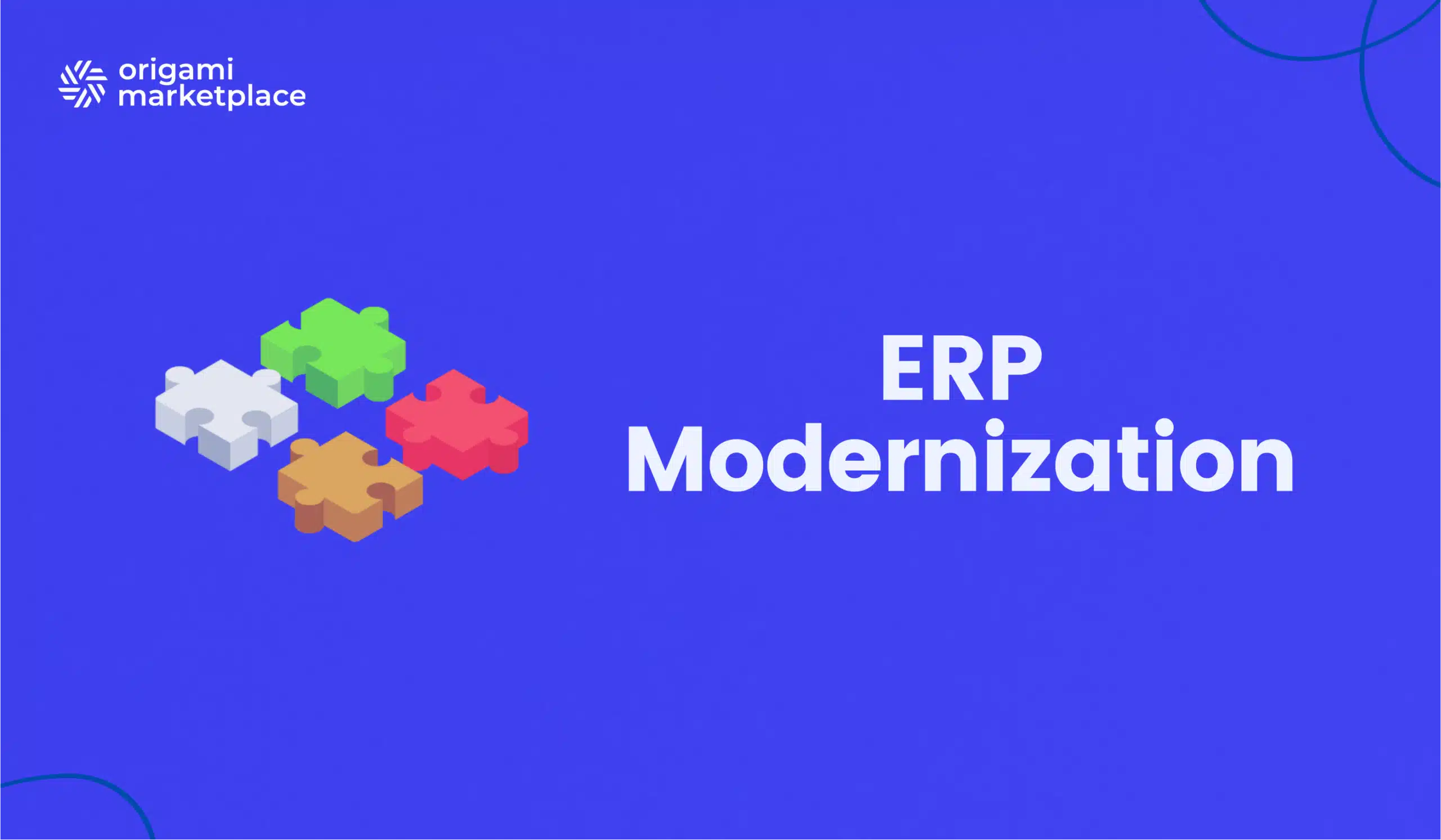Overstock vs. Stockout: Finding balance with a Marketplace
- Arnaud
- 6-minute read

Inventory management is the cornerstone of any company’s logistical and commercial performance, especially in a competitive market. In an economic environment marked by fluctuating demand and supply chain challenges, businesses face a persistent dilemma: how to maintain an optimal stock level?
Overstocking and stockouts are two costly extremes. Finding the right balance is no longer just a strategic goal; it’s an operational necessity to ensure profitability and flawless customer satisfaction.
Definitions and impacts on your supply chain
To optimize logistics, it is essential to understand precisely what overstocking and understocking entail. Both situations are symptoms of inefficient inventory management.
Overstock is characterized by an excess of inventory that ties up capital, occupies valuable storage space, and exposes the company to risks of product obsolescence. It often results from inaccurate sales forecasts or poorly calibrated bulk purchases.
Conversely, a stockout (or understocking) occurs when there is insufficient inventory to meet customer demand. This critical situation leads to delivery delays, order cancellations, and ultimately, a loss of revenue and damage to the brand’s image.
Overstock: What causes excess inventory?
Excess inventory is never a coincidence. Identifying its causes is the first step toward implementing an effective logistics optimization strategy.
- Inaccurate demand forecasting: Overly optimistic sales projections are the most common cause, leading to excessive ordering or production.
- Bulk purchasing for discounts: The temptation to reduce unit costs can become a trap if demand doesn’t follow, creating costly surplus stock.
- Lack of supply chain visibility: A partial view of stock levels at each stage of the supply chain can lead to redundant orders.
- Excessive safety stock policies: Overly generous safety margins, intended to prevent stockouts, can paradoxically create chronic overstocking.
- Slow-moving or obsolete products: “Dormant” items accumulate and clutter warehouses, representing a net cost.
- Quality issues and customer returns: Defective or returned products that are poorly managed add to the inventory without being efficiently put back into circulation.
The consequences of overstocking are numerous: high storage costs (warehousing, insurance, security), tied-up cash flow, risks of obsolescence, and pressure to liquidate inventory at reduced prices, which erodes profit margins.
Ready to turn your challenge into a solution?
To help you develop the best platform possible, we’ve gathered all the must-have features, key technical considerations, and best practices in a comprehensive document:
Download the Specifications template 🗒
Perfect for smaller or medium-scale projects without a formal purchasing process. It will help you outline your requirements effectively and streamline your selection process.
Download the Request for Proposal template 📒
Ideal for larger, more complex marketplace projects with a formal purchasing department or advanced procurement policies.
Stockout: Why running out of stock threatens your business?
A stockout is just as detrimental, with consequences that are often more immediate for customer satisfaction and sales.
- Underestimated demand forecasts: A forecast that is too cautious leaves the company unprepared for a demand spike.
- Uncontrolled lead times: Supplier delays, transportation issues (especially in dense logistics hubs), or unforeseen crises can disrupt the supply chain.
- Lack of real-time inventory visibility: Not knowing the exact state of your inventory at any given moment prevents any quick response.
- Data entry or counting errors: Inaccurate inventory data can distort the perception of actual stock levels.
- Sudden increase in demand: A successful marketing campaign, a viral trend, or an exceptional event can trigger an unanticipated surge in orders.
- Production issues: Machine breakdowns, raw material shortages, or staffing problems can reduce production capacity.
The consequences of a stockout are direct: immediate loss of sales, dissatisfied customers who turn to competitors, and additional costs for urgent orders or express shipping.
Overstock vs. Stockout: Which is the worse scenario?
Choosing between these two evils is a false dilemma. The real question is how to avoid them both.
- Overstocking is a chronic illness that erodes long-term profitability. Its hidden costs (holding, depreciation, obsolescence) can account for up to 25-30% of the inventory’s annual value.
- A stockout is an acute pain that immediately impacts revenue and reputation. A customer who can’t find a product will go elsewhere and may never return.
Ideally, the goal is to achieve a balanced inventory, enough to meet demand without generating excessive costs. This is where the marketplace model comes in. Our expert, Alexandre Duquenoy, summarizes this leverage in a few words:
Don't see a marketplace as just a sales channel, but as a strategic balancing tool. It can help you absorb surplus stock or secure your supply in a few clicks. The goal isn't just to sell off stock, but to anticipate: data from the marketplace becomes a lever for forecasting and logistical agility.

Alexandre Duquenoy
→ Discuss your project with our expert
7 Concrete advantages of a marketplace to avoid overstock and stockouts
Facing these challenges, integrating a marketplace solution like Origami Marketplace becomes a strategic lever for optimizing inventory management. Here’s how:
- Access to an extended network of sellers: In case of a stockout, you can quickly find alternative suppliers on the marketplace to meet demand without delay.
- New destocking channels: In case of overstock, the marketplace offers a massive audience to quickly offload your surplus under favorable conditions, without cannibalizing your main sales channels.
- Real-time visibility and data: Centralized dashboards provide a 360-degree view of stock levels, sales trends, and forecasts, allowing for agile adjustments.
- Optimized demand forecasting: By aggregating data from multiple players, a marketplace generates reliable insights into market trends, helping you refine your forecasts.
- Reduced lead times: Direct connections with pre-qualified suppliers and simplified ordering processes reduce lead times and the risk of stockouts.
- Increased logistical flexibility: A marketplace provides the agility needed to adapt. Find extra capacity during a demand spike or activate new sales channels during a downturn.
- Integration with 3PL experts: Many marketplaces integrate with third-party logistics (3PL) providers. This allows you to delegate warehouse management, transportation, and order fulfillment for an end-to-end optimized supply chain.
By leveraging these advantages, a company can transform its inventory management from a reactive cost center into a proactive competitive advantage.
Aim for balanced inventory for sustainable growth
The quest for inventory balance is a constant challenge, but it is essential for profitability. Overstock and stockouts are two sides of the same coin: a logistics management process that can be improved.
In this context, a solution like Origami Marketplace offers a strategic path for companies aiming to reorganize. By providing the tools, data, and an extensive network, a marketplace allows you to successfully navigate between these two pitfalls. It’s an opportunity to transform your supply chain into an engine for growth.
To discover how Origami Marketplace can meet your logistical challenges and help you find that perfect balance, request a personalized demo today.
Want to build an agile and sustainable platform?
Let’s talk. Our expertise goes beyond the tool. We help you structure your project with the right methodology to ensure its success.

Frequently Asked Questions (FAQ) on Inventory Management:
Overstocking is often caused by inaccurate demand forecasts, excessive bulk purchasing, a lack of supply chain visibility, and poor management of slow-moving products.
Consequences include immediate loss of sales, customer dissatisfaction, damage to the company’s reputation, and extra costs related to urgent orders to resolve the shortage.
A stockout has an immediate opportunity cost (lost sales). Overstocking has a direct and ongoing financial cost (holding costs). Both are extremely detrimental; the goal is to avoid both extremes.
A marketplace provides access to more suppliers (to counter stockouts) and more customers (to counter overstock), all while providing real-time data for better forecasting and more agile logistics.
Yes, absolutely. A company can be overstocked on obsolete or low-demand products while simultaneously being out of stock on its best-selling items. This highlights the need for granular and optimized inventory management.

